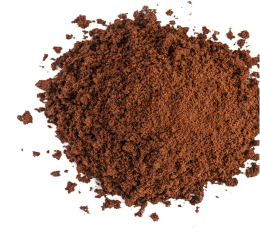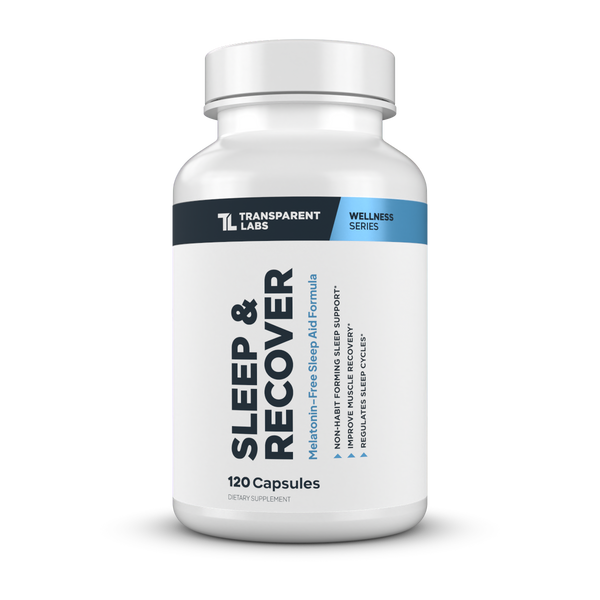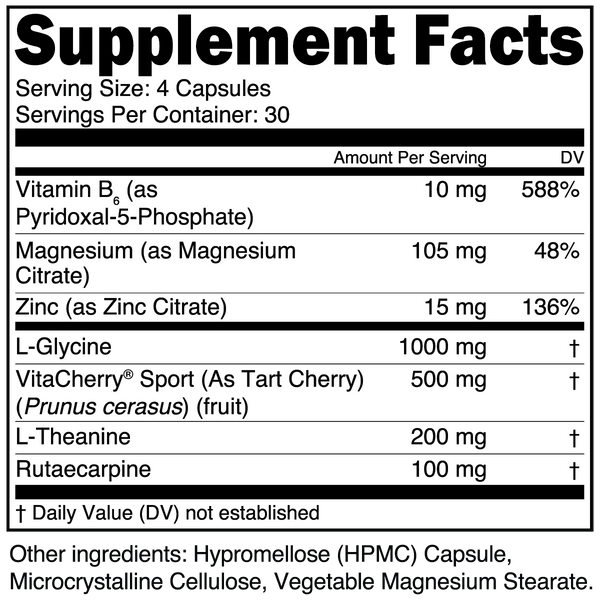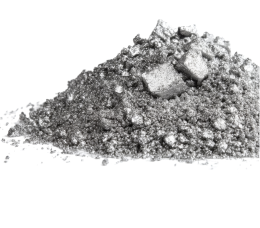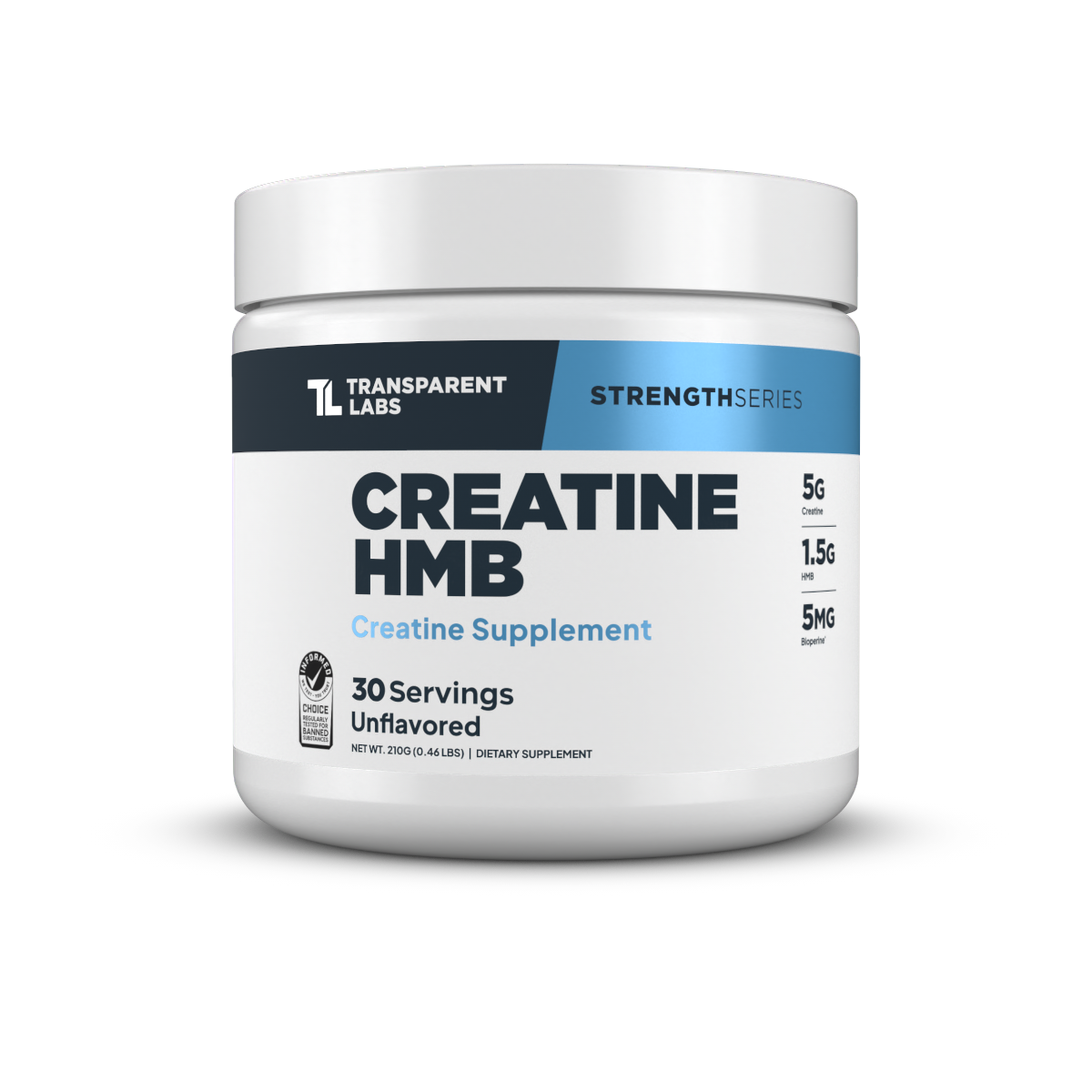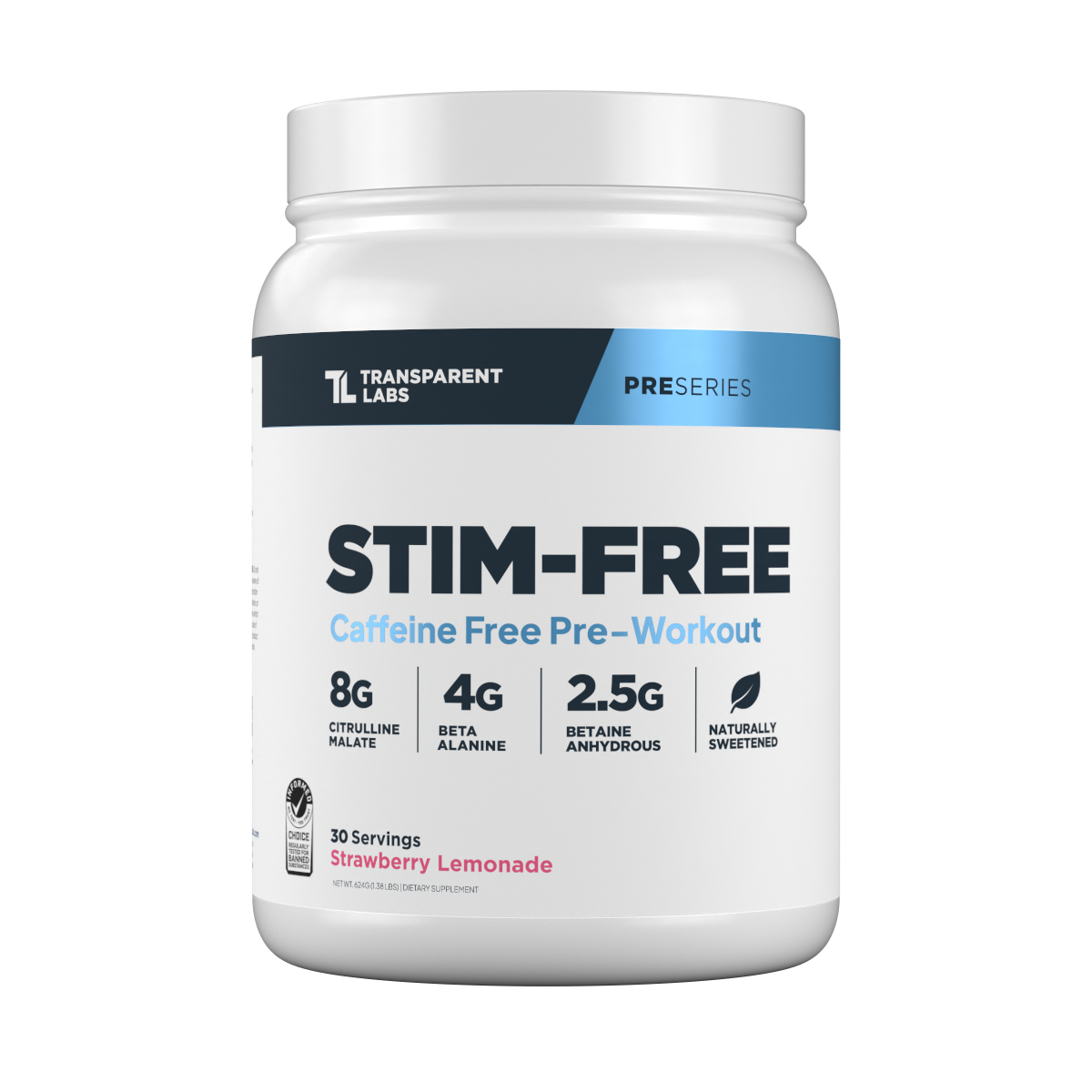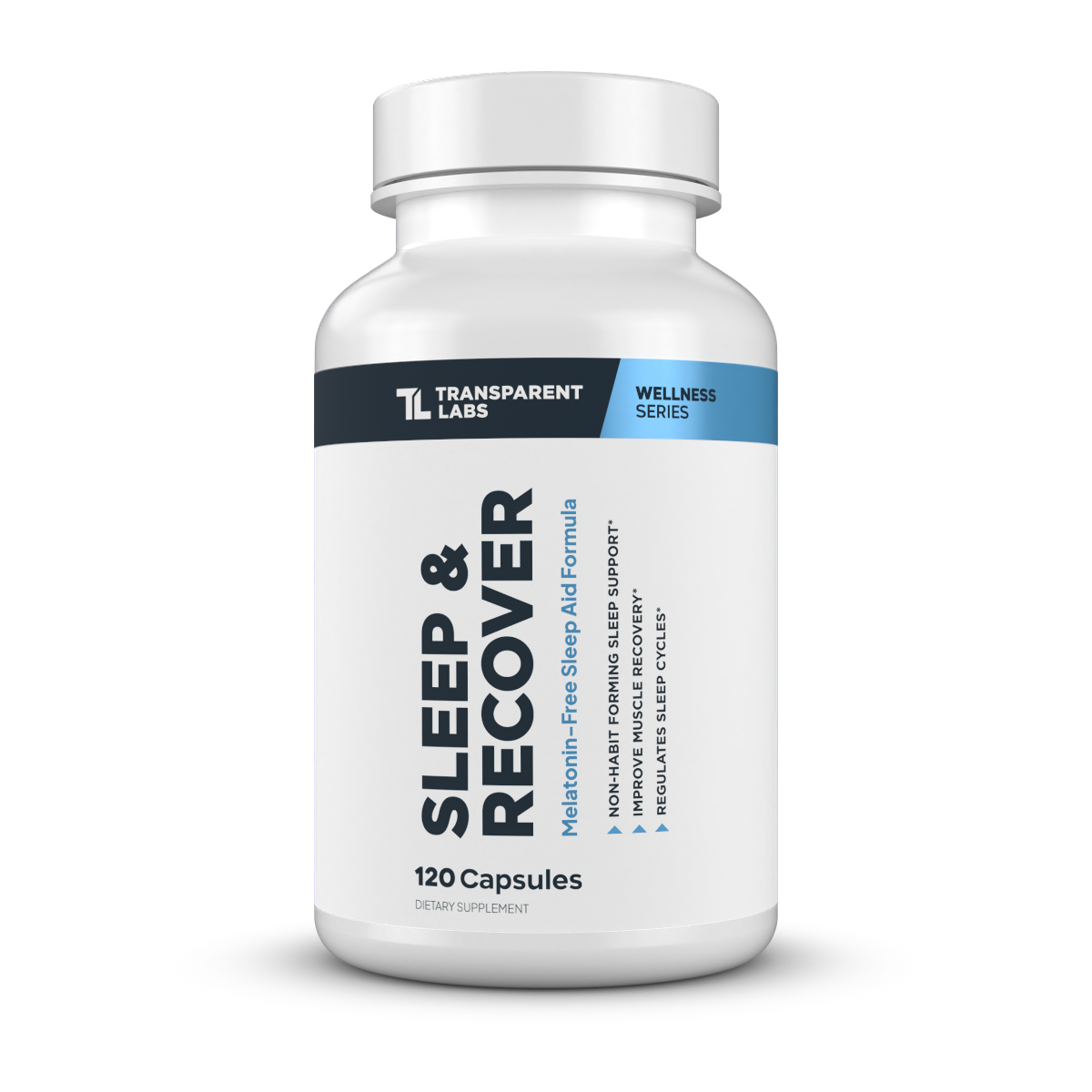
Sleep & Recover - Melatonin Free
Serving Size:
Third-Party Testing
We believe trust is earned through transparency. That’s why we provide full access to our third-party test results, so you can feel confident in what you’re taking. View all third-party tests.
If you're having trouble sleeping but want a solution without melatonin, Transparent Labs Sleep & Recover now comes in a melatonin-free formula!
The natural ingredients in this non-habit-forming sleep aid, such as L-glycine, VitaCherry®, magnesium, and L-theanine, have been clinically shown to help people fall asleep faster and support restful sleep quality so you wake up feeling refreshed and ready to take on the day—no more sleepless nights tossing and turning until the alarm goes off!

Orders in the US over $99 ship free.
Once your order has shipped out from our fulfillment center, you will receive a Shipping Confirmation email. If you selected a tracked shipping method, you will receive your tracking information, along with the necessary steps to track your order, within this email. Please note, orders are generally fulfilled same day or next business day.
Click here for the full shipping and delivery guide »
45 Day Satisfaction Guarantee
If you are not satisfied with your product, we will offer you a full refund or store credit for the value of the item within 45 days of delivery.
Click here for the full refund policy »
why use Sleep & Recover - Melatonin Free?
Transparent Labs Sleep & Recover (Melatonin-Free) naturally promotes restful sleep without next-day grogginess or dependency.
Melatonin-Free Natural Formula
Avoid the next-day grogginess that often comes with higher doses of melatonin.

Ease the Mind Before Bedtime
Ingredients like L-Theanine and Magnesium Bisglycinate calm the nervous system, helping you fall asleep faster and stay asleep longer.
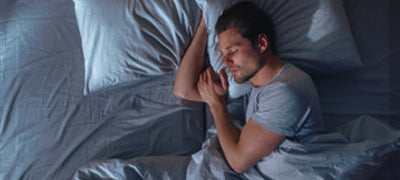
Support Muscle Recovery
VitaCherry® Tart Cherry reduces inflammation and post-exercise muscle soreness, optimizing nighttime recovery.

Non-Habit Forming & Gentle
This non-melatonin sleep aid provides natural, effective ingredients to support healthy sleep cycles without developing dependency.

Key Ingredients
L-Glycine
1,000 mg
Glycine is a dietary amino acid that has been shown to enhance sleep quality by regulating circadian rhythms.

VitaCherry® Tart Cherry Powder
500 mg
The Montmorency cherry (aka tart cherry) is a concentrated source of anthocyanins that promote muscle recovery and restful sleep.

L-Theanine
200 mg
First discovered in green tea, L-theanine is an amino acid that readily traverses the blood-brain barrier and induces more restful brainwave activity.

Rutaecarpine
100 mg
Rutaecarpine is a plant-derived compound that helps metabolize caffeine faster, making it ideal for those who consume caffeine later in the day.
